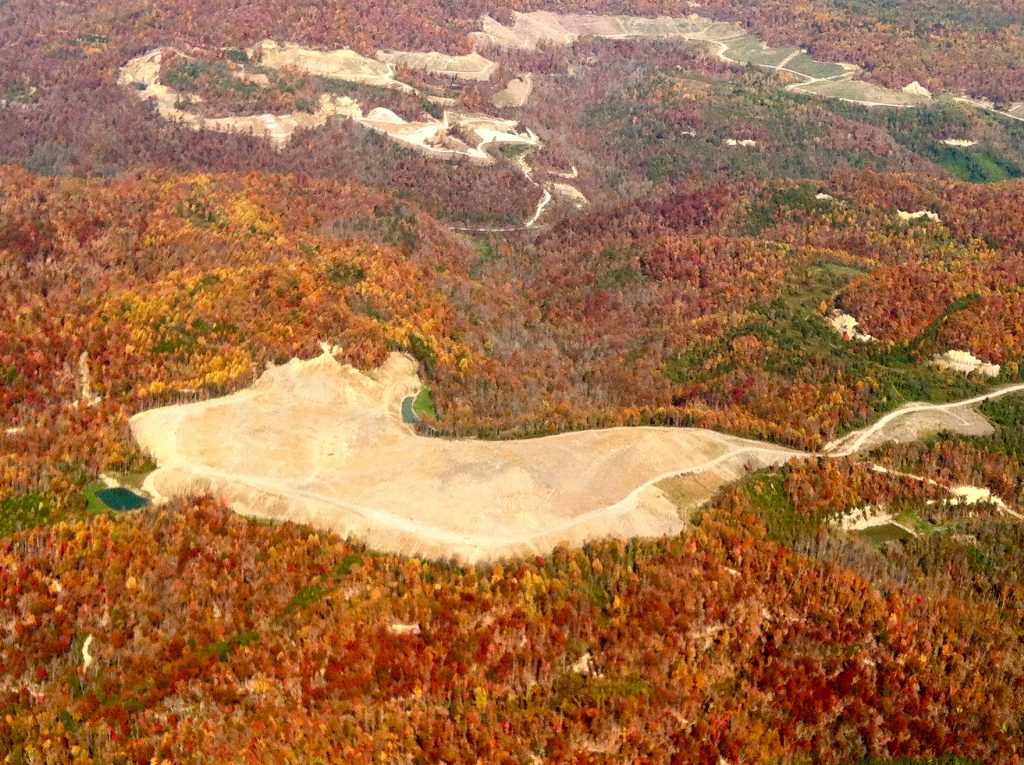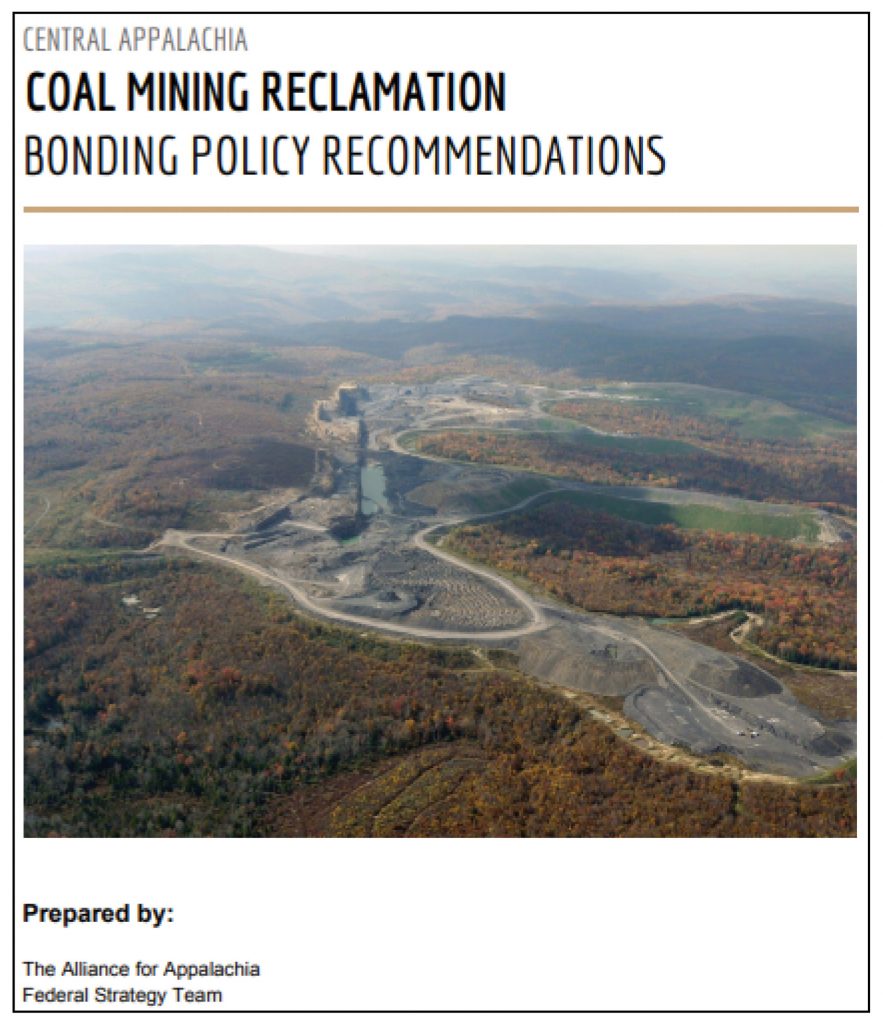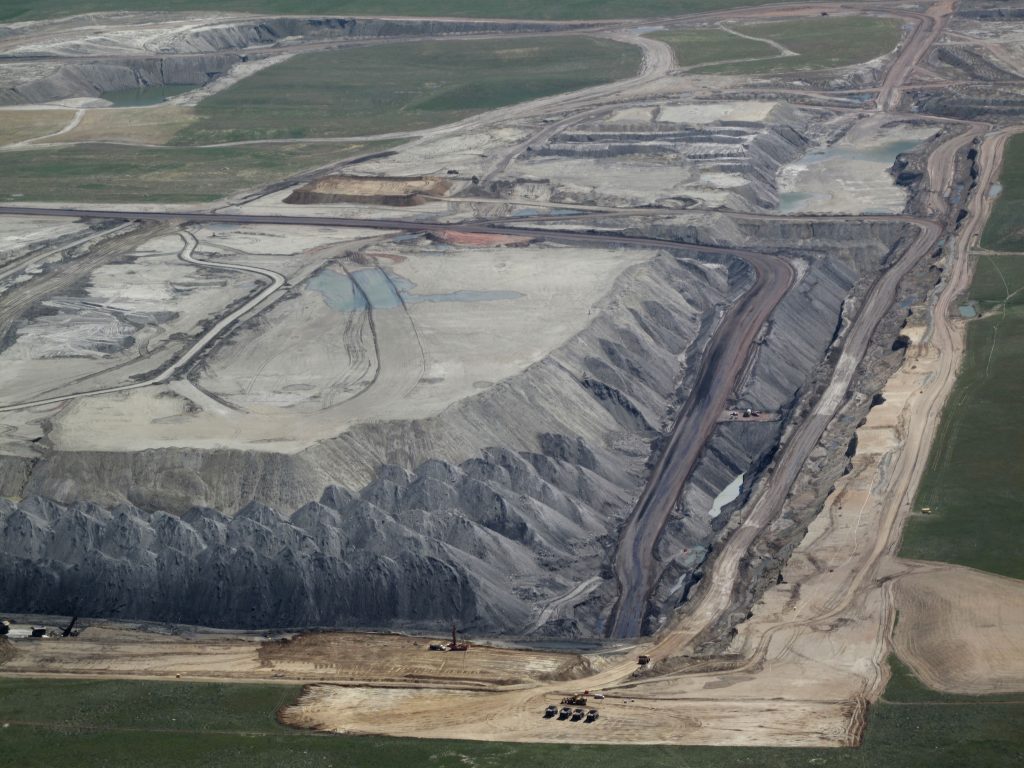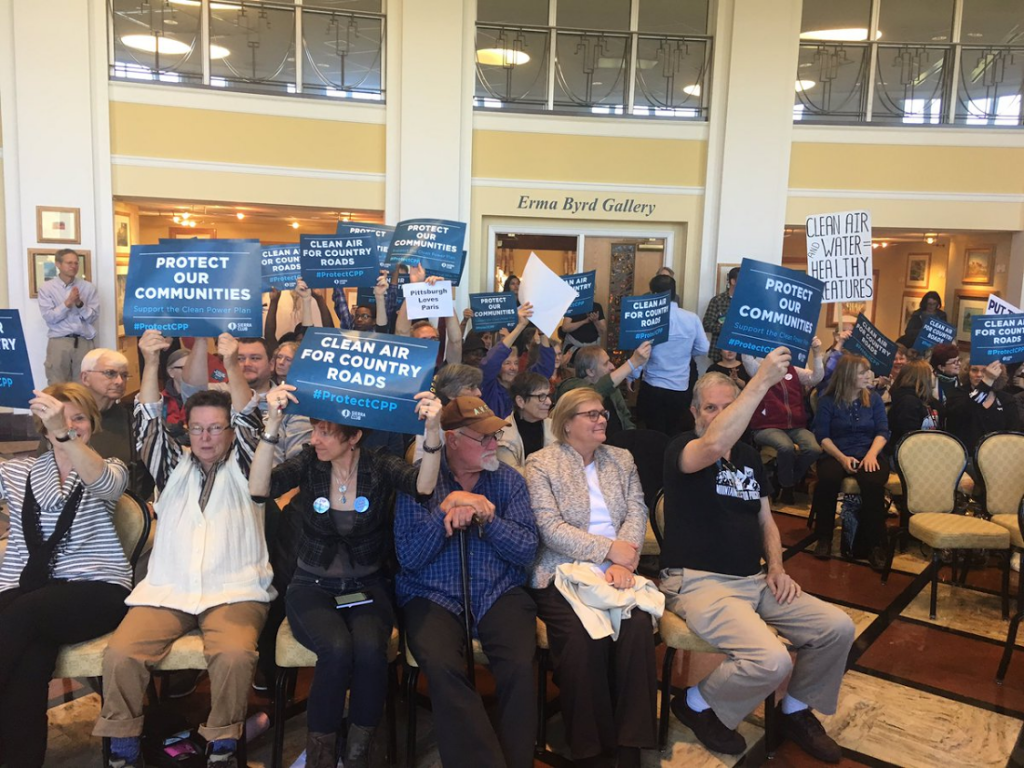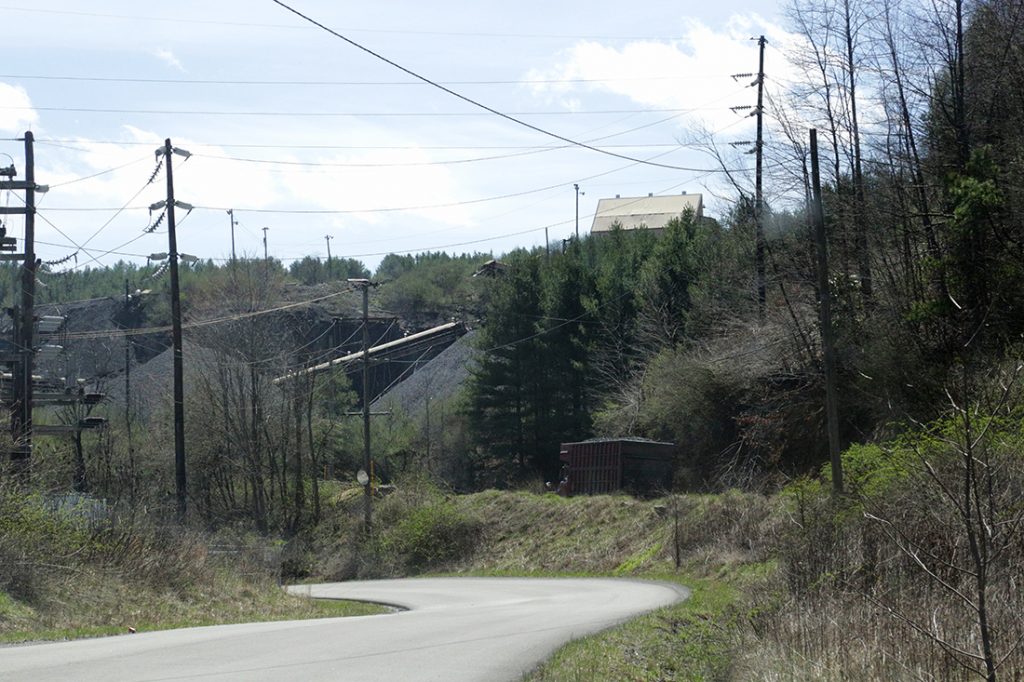Posts Tagged ‘Coal mining’
“Water Justice Summit” will engage Appalachians to protect clean water as a human right
PRESS ADVISORY For June 1 and 2, 2018 On June 1 and 2, individuals from across Appalachia and the Southeast will gather in Blacksburg, Va., for the Water Justice Summit. The event is being organized by and for individuals fighting mountaintop removal coal mining, fracked-gas pipelines, and other industrial threats to streams, rivers and drinking…
Read MoreTennessee legislature weakens coal mining oversight
If Gov. Haslam allows the Primacy and Reclamation Act of Tennessee to become law, it will erode community protections and become an unnecessary burden on Tennessee taxpayers.
Read MoreFederal spending bill: Some good, and bad news for Appalachia
Congress included funding for several programs important for Appalachian communities, but failed to include the critical RECLAIM Act.
Read MoreReport calls for improvements to coal mine bonding in Central Appalachia
The Alliance for Appalachia, a coalition of 15 organizations, today released a report on the state of surface coal mine bonding in four Central Appalachian states. Bonds are used to ensure reclamation of mine sites should a company be unable to finish reclamation. The report details the bonding programs in West Virginia, Virginia, Kentucky and…
Read MoreReview of Mountaintop Removal’s Health Impact Terminated
The Trump administration officially ended a federal study that would have reviewed the human health impacts of living near mountaintop removal coal mining.
Read MoreMine Violations Continue in Raleigh County, WV
The West Virginia Department of Environmental Protection issued a notice of violation to the operators of Collins Fork Surface Mine in February.
Read MoreNeely’s Creek Mine Permit Up for Renewal
The permit renewal for Neely’s Creek Mine near Somerset, Ky., is being contested by a local environmental group.
Read More5 graphs explain coal in Trump’s first year
The Trump administration claims an uptick in coal production shows its anti-regulatory agenda is working —
ignoring the fact 2017 was an outlier and coal’s long-term trend is downward. Meanwhile, coal communities across the country need better policies now to help diversify their local economies.
EPA holds lone hearing on Clean Power Plan repeal
By holding only one public hearing for the proposed repeal of the Clean Power Plan, Scott Pruitt is once again working against the EPA’s mission of protecting human health and the environment.
Read MoreDefending community rights to clean water enforcement
After four years of effort, a favorable ruling in Virginia this month confirmed the rights of citizens to participate in coal mine inspections.
Read More
